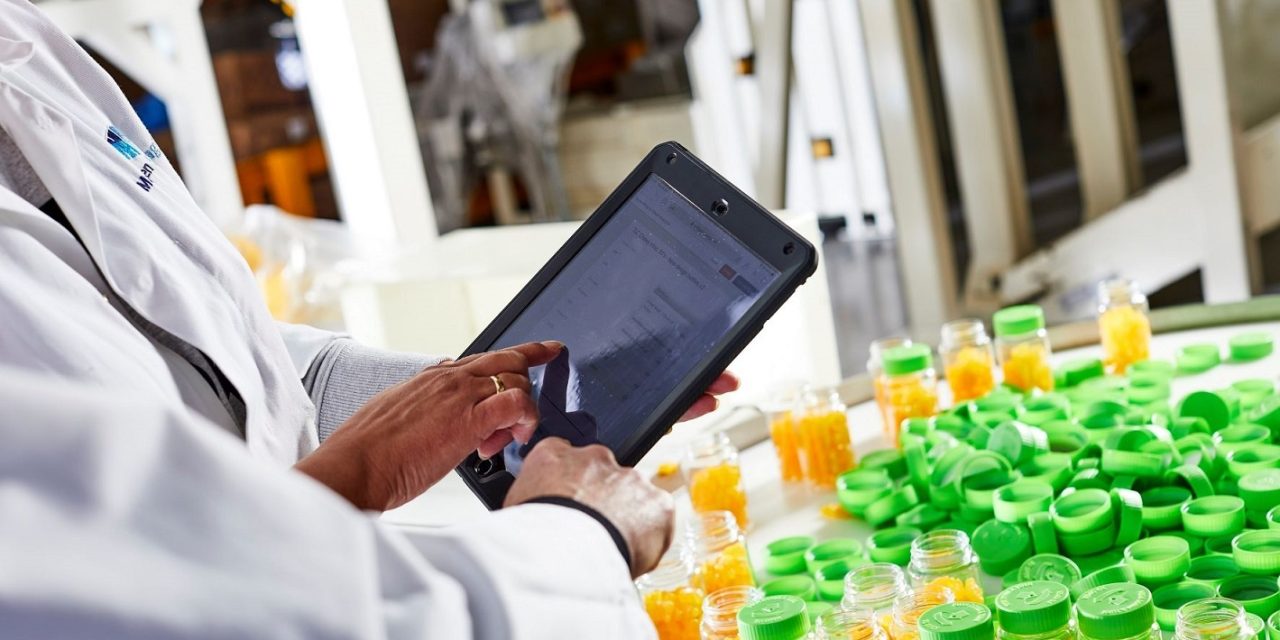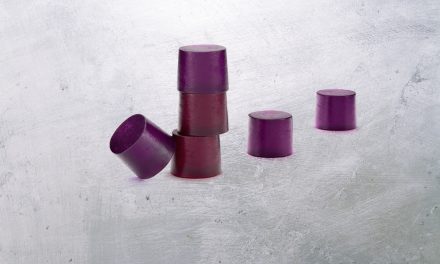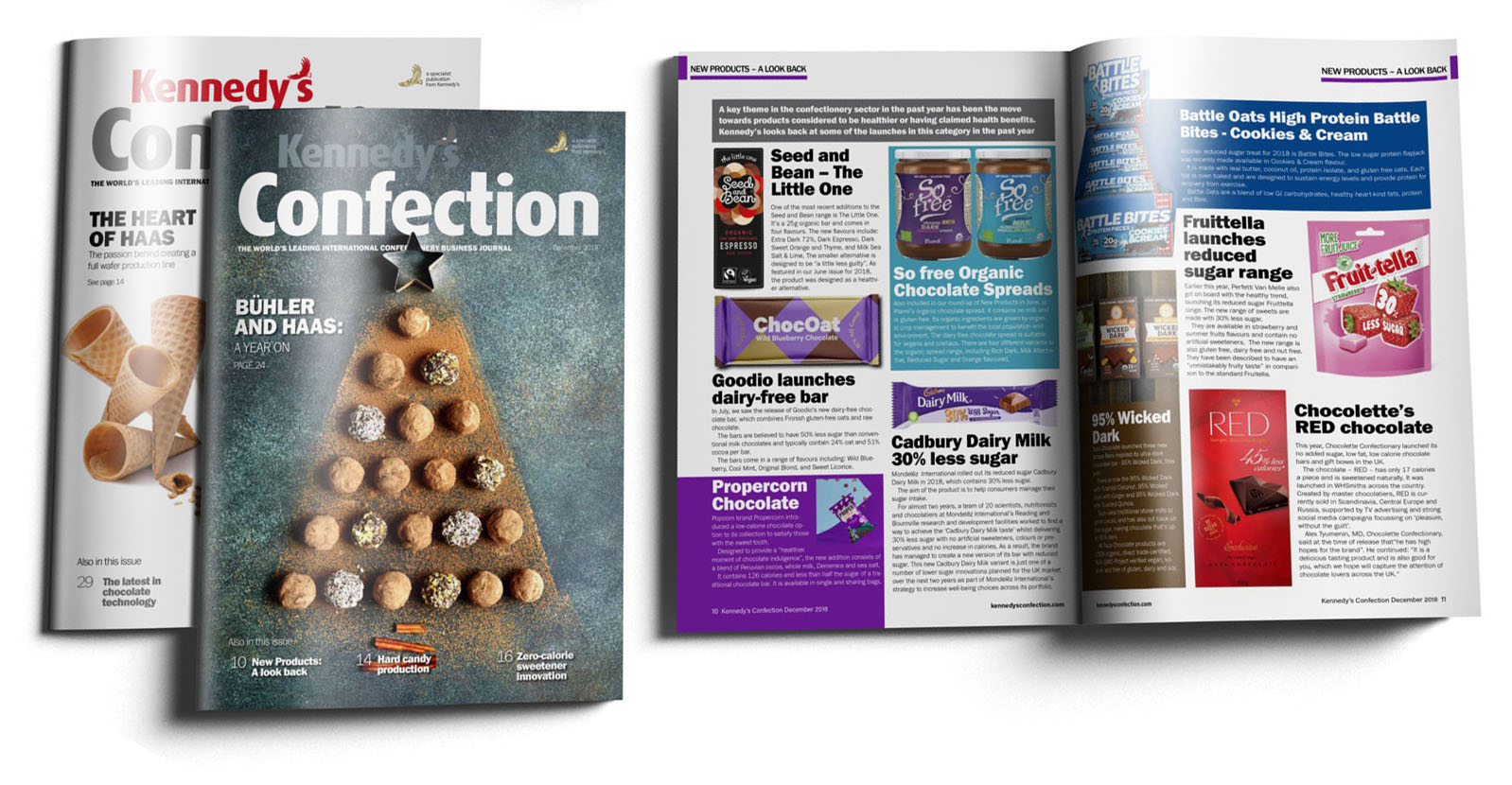The arguments for automating confectionery production processes are compelling – it can help solve many of the challenges facing producers today. Automation can significantly enhance operations, increase efficiency, and drive overall business success and it can improve overall product quality, so what’s not to like! Suzanne Callander reports.
With manual production methods, there will always be a risk of human error, leading to product inconsistencies. Automated processes, on the other hand, can ensure precise measurements, accurate mixing and processing, resulting in greater product consistency.
Automation can also improve safety in the production environment. Some confectionery operations involve potentially hazardous equipment and processes – for example, high-temperature cooking and the need for operators to handle heavy and unwieldy ingredients. Automation can reduce the risk of workplace accidents and injuries, creating a safer work environment for employees.
Additionally, automation makes the production process more flexible – giving the ability to easily adjust production volumes, change recipes, and introduce new products without the need for long downtimes between batches.
Data collection and analysis capabilities come as part of an automated process. This valuable data can be turned into actionable information to give insights into operational performance, helping to identify areas for process improvement and optimisation to ensure for maximum efficiency and cost-effectiveness of the entire process.
The latest ‘The State of Smart Manufacturing’ study from Rockwell Automation identified that manufacturers do now view technology as an opportunity to improve quality, agility and innovation.
Commenting on the study findings, Sachin Mathur, director of software and control, EMEA, Rockwell Automation, says: “Manufacturers expect to mitigate risk through the use of technology, tighter processes, and people to build resiliency and drive future success.”
Many more operations are realising that change is needed, with the global study identifying that twice as many respondents now say they lack the technology to outpace their competition, compared with last year’s survey findings. It would appear that the events of recent years make a compelling business case for the adoption of new process technologies.
Overall, the survey found that one-third of global manufacturers are challenged by technology paralysis and are unable to decide between solutions. It is therefore vital that confectionery manufacturers overcome this indecision and choosing a partner with relevant expertise and experience to advise and offer guidance about implementing a fit-for-purpose solution to meet specific needs can be a big help here.
Robotic benefits
Mitsubishi Electric was one of many automation vendors to highlight its smart confectionery packaging solutions at this year’s interpack exhibition. Its booth featured a range of chocolate-filled demos to help it demonstrate how confectionery producers can enhance their capabilities and performance using robotic applications and smart machine setups.
Articulated six-axis industrial and collaborative robots on the booth performed a number of typical packaging and factory floor activities with a view to showing how it is possible to speed up production and improve quality control and production flexibility. The demo consisted of a conveyor belt that passed through three different stations. Firstly, the products went through an X-ray system that can spot foreign objects and impurities, next they are taken to a deep learning solution that evaluates packaging seal quality. Finally, a robot picks, lifts and turns around the product so that it can be weighed and then inspected by a vision system which is used to perform a final check of the chocolate bars.
More is better!
“When it comes to confectionery manufacturing, the more process steps that can be automated, the more stable and reliable production becomes, with closed production loops yielding particularly successful results,” says Dr. Sandra Link, Product Manager at Makat Candy Technology, a Syntegon subsidiary. That is why Syntegon’s newest turnkey solution, the Makat NutraFlash for starchless production, features a closed production process with kitchen, depositing, and oiling technology. “It’s process monitoring features ensure smooth processes and help safeguard the availability of the line,” explains Sandra. “Before depositing the jelly mass into the moulds, for example, an automated inspection system first checks that the moulds are empty. Sensors along the entire line help identify equipment misalignments or deviations from process parameters. In the event of the integrated software detecting an error – say, a deviation from the pre-defined cooling temperature – this is reported immediately to the operator, via status lights on the line’s production stations, as well as via Human Machine Interfaces (HMIs) – all so that operators can react quickly to minimise downtimes and reject rates.”
Packaging
Fast changing consumer demands and increasing labour scarcity can make the adoption of robotic technologies a valuable addition to packaging processes, as Dutch contract confectionery manufacturer, Vetipak, found out.
Mark van der Burgt, Chief Commercial Officer at Vetipak takes up the story: “We recently made an investment to develop our facilities in the Netherlands, including a fully controlled building with temperature, air pressure and humidity control, as well as automated production lines which incorporate robotics technology.” Ensuring safety and quality, the new facilities enable Vetipak to package a large variety of products that arrive in huge numbers. Vetipak is responsible for ensuring that these products are put in the right packages – such as retail and promotional packages, luxury gift boxes as well as special versions for seasonal promotion or duty-free zones.
Mark continues: “Our packaging lines needed to be able to handle high volumes and a wide variety of products being packaged. We also wanted solutions that would be easy to use, and which could also work safely and seamlessly alongside operators.”
“One of our confectionery packaging lines required a large output and the other needed to be scalable to meet our possible future needs. It was important to find a flexible solution that can meet changing consumer demand in terms of different volumes and designs. It is also important for us to be able to repurpose the robots later if necessary. For example, if we redesigned a line, we would want to be able to use the same robots and technology on the new line,” Mark explains.
The company’s chosen systems integrator installed Omron articulated six-axis robots with a maximum payload of 5kg and their controllers, as well as the conveyors and it built the control cabinet. The controller has been developed for applications that require high-speed processing for machine control, safety, reliability, and maintainability. It enables users to increase the speed and accuracy of production, while reducing maintenance requirements.
The time is now
Automating production processes can offer confectionery manufacturers a wide range of benefits, including improved consistency and quality control, increased productivity and cost savings, enhanced safety, flexibility in meeting market demands, and valuable data analysis. It isn’t necessary to move directly to fully automated production processes but do look at where automation may help remove problem areas and bottlenecks on your process lines whatever route you choose remember that ever more confectionery producers are starting to reap the benefits of automation.
It’s time to let go of any concerns and to embrace the digital era or risk being outpaced by your competitors.
Bahlsen automates its packaging process
Bahlsen recently set out to update the secondary packaging for its PiCK UP! biscuit bar. With sustainability as a priority for the organisation it wanted to move to a more environmentally friendly automated packaging solution. Traditionally its PiCK UP! bars have been packaged into flowpacks, grouped together and covered with labels. To produce more sustainably, Bahlsen wanted to replace this secondary packaging with folding cartons made of cardboard and so it needed a new automated packaging solution that would be able to ensure that the biscuit bars were not damaged during the packaging process. It also wanted to use thinner films for its flowpacks to help achieve material savings. The secondary packaging machine would also need to be able to handle this change.
Bahlsen involved Schubert early on in the packaging development of the new folding cartons to ensure that the new packaging materials were optimised to work with the packaging machine. For example, the box blanks were designed with crease and score lines to facilitate easy and quick erection of the carton, with the layout of the blanks also being improved. To complement the existing production lines, Schubert designed a packaging line with two identical bar packers, positioned one behind the other, taking up little space in the hall and which could pack in parallel, independently of each other.
The entire packaging process – including the erecting, filling and sealing steps – now runs fully automatically in the line. Schubert’s robot technology enables gentle product handling and a controlled process from start to finish to increase efficiency and minimise waste. At the same time, Bahlsen has saved 112 tonnes of plastic per year thanks to the new folding carton design and the flowpacks’ thinner films.
With the new packaging solution, the biscuit bars, which are already packed into flowpacks, are now placed into their secondary packaging in the bar packing machines. First, the flat blanks are fed into the system and depending on the format, a robot takes up to six blanks from the magazine and transfers them to another robot that erects the cartons. The folded boxes are then placed onto a transport robot and moved to the filling station. In parallel, the PiCK UP! bars are fed into the process via a feeder and pre-grouped. A robot then picks up several bars at a time with a suction gripper and transfers a predefined number of pieces, depending on the format, into the open cartons. The transport robot then moves them to the final sealing step. The solution can process up to 850 biscuit bars per minute.
Editorial contact:
Editor: Kiran Grewal kgrewal@kennedys.co.uk







